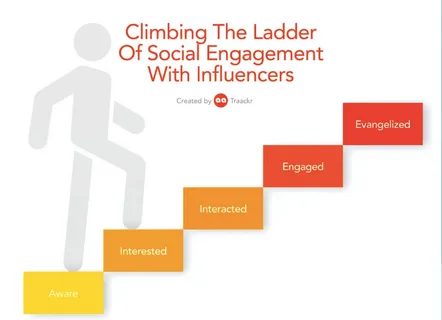I’ll be honest—we weren’t exactly queuing up to adopt new software. Like a lot of accountancy firms, we’d got into a rhythm with how we did things. Engagement letters were just another part of the admin routine: copy an old Word doc, tweak the details, email it out, hope it comes back signed before the job’s halfway done. Clunky? Yes. But it worked. Or so we told ourselves.
It wasn’t until things started slipping through the cracks that we realised how outdated our approach had become. One client said they’d never seen their engagement letter. Another pushed back on fees, saying the scope wasn’t clear. And every time something like that cropped up, we had to go trawling through old email chains to figure out what had (or hadn’t) been sent and signed. It was a faff—and more than once, we found ourselves winging it.
The idea of switching to digital engagement letters had been floating around for a while. But every time someone brought it up, there’d be a few eye-rolls and a comment along the lines of, “Not another bit of software to learn.” And to be fair, we were already juggling a bunch of systems. No one was desperate to add another.
Eventually, though, we decided to give it a proper go. We found some engagement letter software for accountants that looked straightforward enough and set up a pilot with a few clients. No pressure, just testing the waters.
It didn’t take long for us to notice the difference. What used to take half an hour—editing templates, double-checking terms, converting to PDF, emailing—now took maybe five minutes. And instead of chasing signatures for days (or forgetting entirely), we could see exactly when clients had opened the email and when they’d signed. No more “Did they ever get back to us?” moments.
But the thing that really surprised us was the reaction from clients. Several of them commented on how clean and easy the new letters were to read. One said, “This is the first time I’ve actually read one of these!” And it clicked—we’d been so focused on our internal processes that we hadn’t thought about how the experience felt on their end.
Bit by bit, the rest of the team started warming up to it. People who’d originally said “I’ll just stick with the old way for now” started asking how to use the system. We shared a few templates, swapped tips, and within a month or two, we were all using it for nearly everything.
Now, it’s completely embedded in how we work. Whether it’s year-end accounts, personal tax returns, or one-off bits of advisory work, every job starts with a clean, digital engagement. It’s quicker, clearer, and way more professional. We’re not chasing paperwork, we’re not second-guessing what was agreed, and we’re definitely not faffing about with outdated Word docs.
I think the biggest change, though, has been in how it’s shaped our relationships with clients. There’s no confusion, no awkward fee disputes, no misunderstandings about who’s doing what. The expectations are clear from the start, and that makes everything smoother.
It’s funny to think that something as simple as how you send an engagement letter can have that much of a knock-on effect. But it really has. It’s taken a task we used to put off and turned it into something that actually adds value—to us and to our clients.
Would I recommend it? Without a doubt.




















Leave a Reply